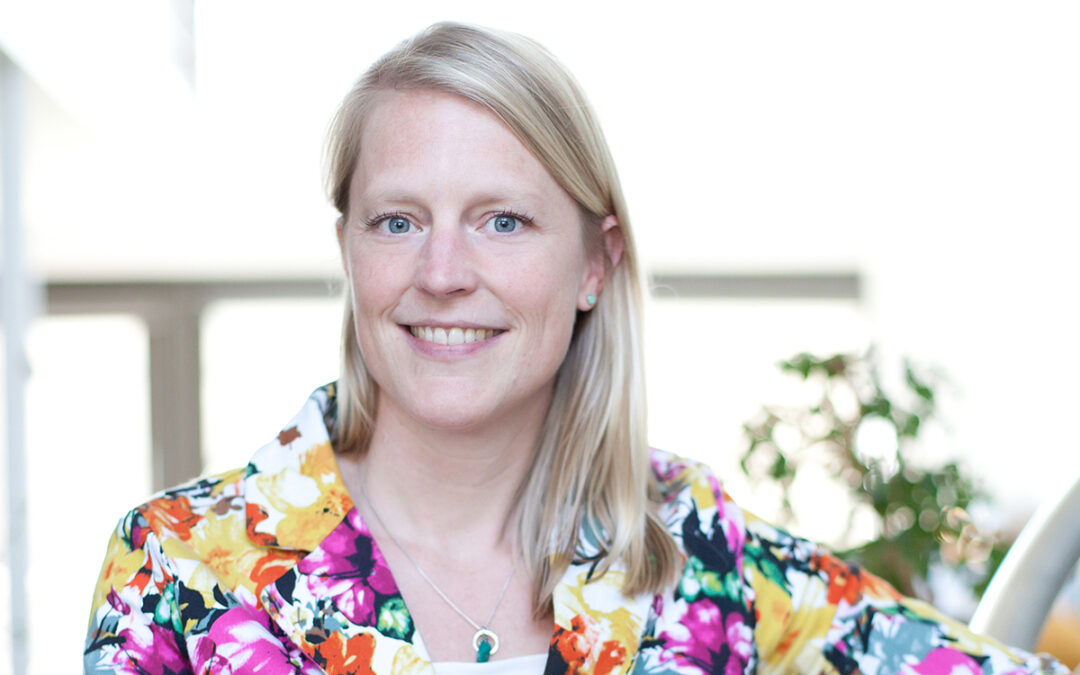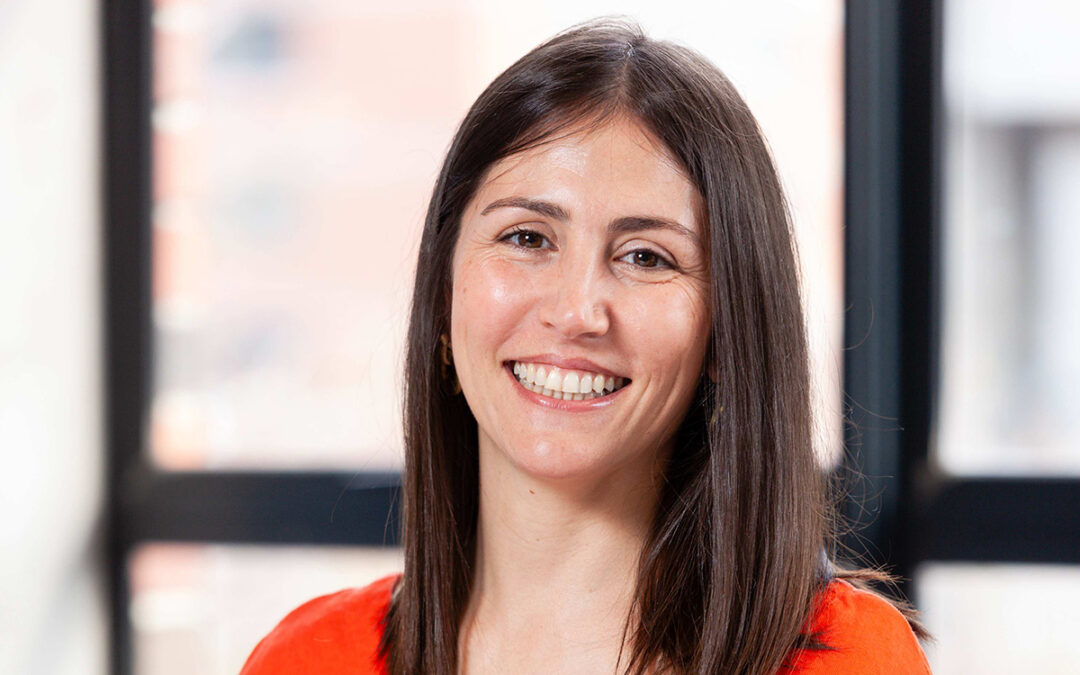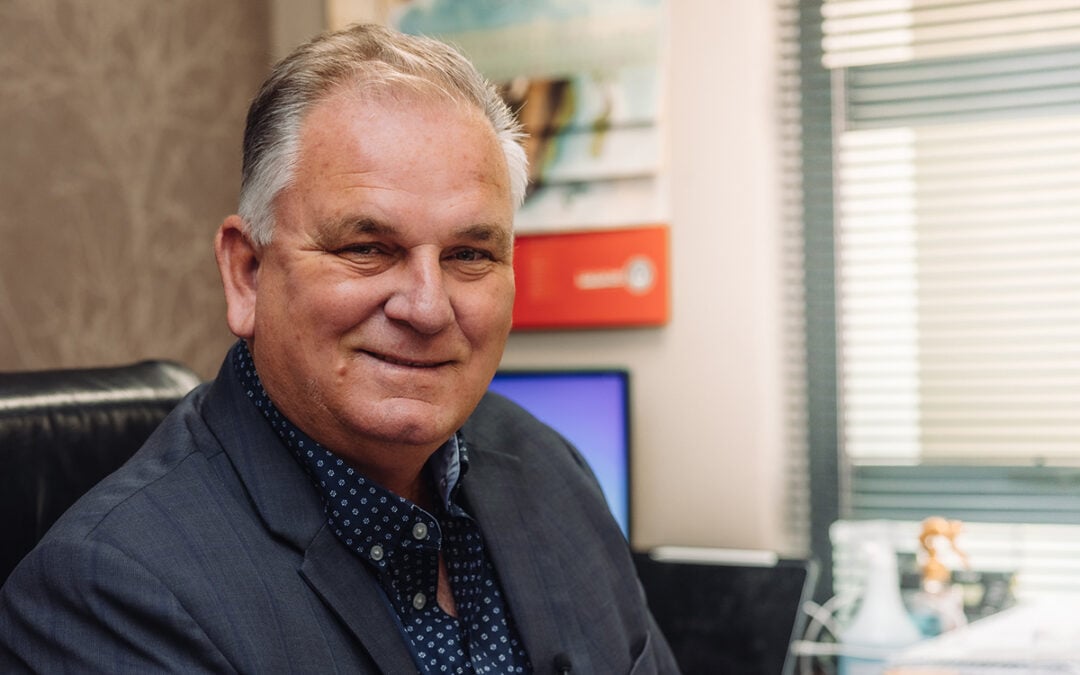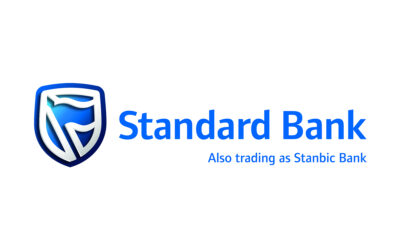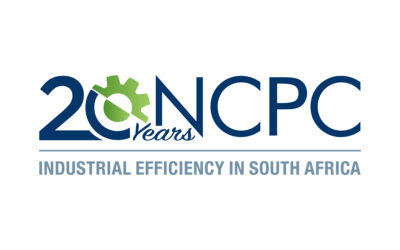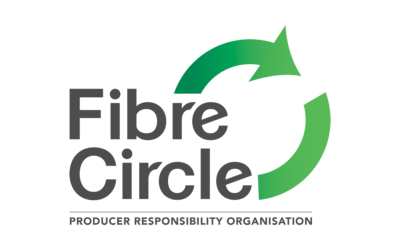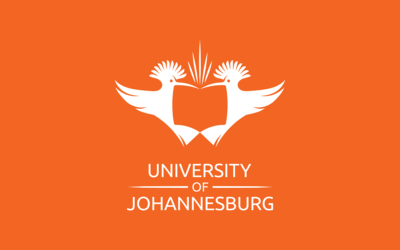Rest Kanju is the executive director and head of operations for Indalo Inclusive, an NPO created with the goal of supporting ecofriendly and sustainable entrepreneurship in South Africa. In isiZulu, Indalo can be translated as either “creation” or “nature”. The organisation specialises in the strengthening of eco-inclusive entrepreneurship, providing a platform for young business people eager to solve the unprecedented challenges that the climate crisis presents. Through its Climate Launchpad Competition, Indalo gives young cleantech entrepreneurs opportunities to start their own businesses.
Kanju was born in Bushbuckridge in Acornhoek, Mpumalanga, where he began his work in the green space at Magwagwaza High School. As a pioneer of the environmental movement within his community, he established eco-clubs at several schools in his town prior to 1994. His expertise has guided Indalo since its founding in 2017; it has incubated 83 eco-inclusive start-ups to date.
Indalo has trained 50 entrepreneurs within rural communities since its establishment, helping them create solutions that work for their own communities. These “Indalopreneurs” are economic actors who put positive environmental and societal impact first.
Indalo Inclusive is a collaborative effort. Outside of its own team, it has partnered with South African brands such as Nedbank and Old Mutual, and government and international bodies, including the department of forestry, fisheries and environment and the UN Environment Programme. These bonds have helped the organisation to create the foundation for a truly inclusive green economy within the country, one where environmental and social effects are measured equally, if not above, economic impact. Indalo Inclusive and Rest Kanju are helping to ensure South Africa’s natural spoils are supported as our nation’s economy blooms.
By supporting young eco-entrepreneurs, Rest Kanju is creating a more inclusive economy with a focus on sustainability.



